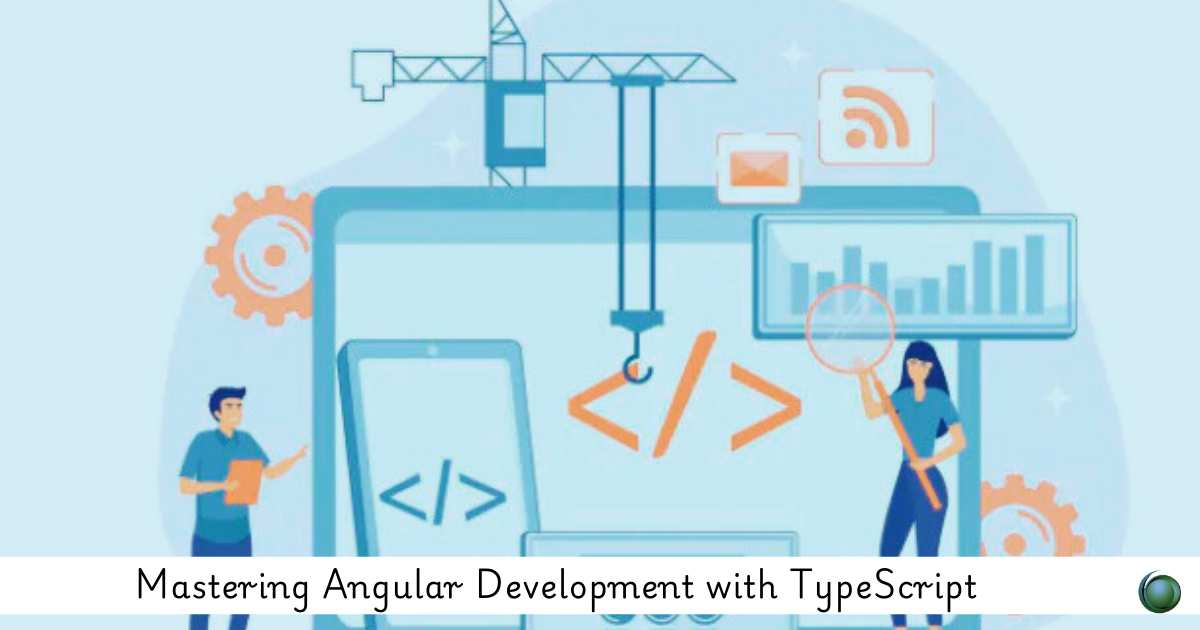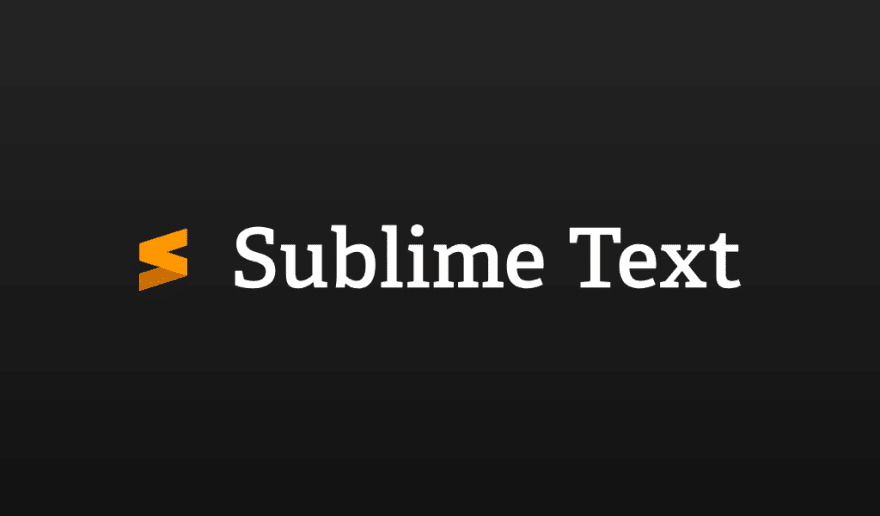Description
Introduction
This training is aimed at developers who want to build modern web applications using Angular, a popular framework for building dynamic and responsive single-page applications (SPAs), and TypeScript, a typed superset of JavaScript that enhances the development experience. By the end of this training, participants will have a thorough understanding of Angular’s core features and TypeScript’s type-checking and object-oriented programming capabilities, leading to the development of scalable and maintainable web applications.
Prerequisites
Before attending this training, participants should have the following:
- Basic Knowledge of JavaScript:
- Familiarity with JavaScript fundamentals such as functions, objects, and arrays.
- Understanding of ES6+ concepts like arrow functions, destructuring, and promises.
- HTML and CSS Proficiency:
- Understanding of how to create and style web pages using HTML and CSS.
- Basic Knowledge of Node.js and npm:
- Familiarity with Node.js and npm (Node Package Manager), as they are necessary for managing Angular packages and dependencies.
- Familiarity with Command Line Tools:
- Ability to use CLI tools to create, build, and serve Angular projects.
Table of Contents
1: Introduction to Angular and TypeScript
1.1 Overview of Angular Framework(Ref: Angular CLI: Tools and Techniques for Efficient Development)
1.2 Introduction to TypeScript: What and Why?
1.3 Installing Angular and setting up the development environment
1.4 Angular CLI: Building and managing Angular applications
2: Fundamentals of TypeScript
2.1 Introduction to TypeScript syntax and features
2.2 Working with types, interfaces, and classes
2.3 Type inference, unions, and intersections
2.4 Modules and namespaces in TypeScript
2.5 TypeScript and JavaScript interoperability
3: Angular Architecture and Building Blocks
3.1 Angular modules, components, and services
3.2 Data binding: Interpolation, property binding, and event binding
3.3 Angular directives (Structural and Attribute directives)
3.4 Angular pipes for transforming data
3.5 Dependency injection in Angular
4: Routing and Navigation in Angular
4.1 Setting up routing in Angular applications
4.2 RouterLink, RouterOutlet, and navigation guards
4.3 Lazy loading modules to improve application performance
4.4 Handling child routes and dynamic routing
5: Forms and User Input Handling
5.1 Template-driven forms vs Reactive forms
5.2 Form validation using Angular’s built-in validators
5.3 Custom validators and form controls
5.4 Reactive programming with RxJS and Observables
6: Working with APIs and Services
6.1 Using Angular’s HttpClient to make REST API calls
6.2 Consuming third-party APIs in Angular applications
6.3 Handling asynchronous data with Observables
6.4 Managing error handling and retries in HTTP requests
7: Component Interaction and State Management
7.1 Input and Output properties for parent-child component interaction
7.2 Using Angular services for data sharing between components
7.3 Introduction to NgRx (Redux-style state management in Angular)
7.4 Managing state in large applications with NgRx
8: TypeScript Advanced Features for Angular
8.1 Advanced types (mapped, conditional, and utility types)
8.2 Type assertions and type guards
8.3 Decorators and metadata reflection in TypeScript
8.4 Generic types and their use in Angular services
9: Unit Testing and Debugging in Angular
9.1 Introduction to unit testing with Jasmine and Karma
9.2 Writing test cases for components and services
9.3 Debugging Angular applications using browser developer tools
9.4 Best practices for testing Angular applications
10: Optimizing and Deploying Angular Applications
10.1 Angular performance optimization techniques (Change Detection, OnPush strategy)
10.2 Lazy loading and code splitting for better performance
10.3 Building Angular applications for production
10.4 Deploying Angular applications on hosting services (Netlify, Firebase, or custom server)
11: Angular Best Practices and Patterns
11.1 Using the Angular Style Guide for consistent code structure
11.2 Code organization and modularization
11.3 Best practices for scalable and maintainable applications
11.4 Design patterns commonly used in Angular development
12: Real-World Application Development with Angular and TypeScript
12.1 Building a CRUD application from scratch
12.2 Integrating with a REST API for data management
12.3 Implementing user authentication and authorization
12.4 Case study: Developing a dynamic dashboard with data visualization
13: Conclusion
13.1 Recap of Angular and TypeScript integration
13.2 Tips and resources for continuous learning
13.3 Future trends in Angular development
In conclusion, Angular development with TypeScript enables developers to create robust, maintainable, and scalable web applications. By leveraging TypeScript’s strong typing and Angular’s powerful features, participants can build dynamic user interfaces that enhance user experience. Mastering this combination will position developers to effectively meet the demands of modern web development.







Reviews
There are no reviews yet.